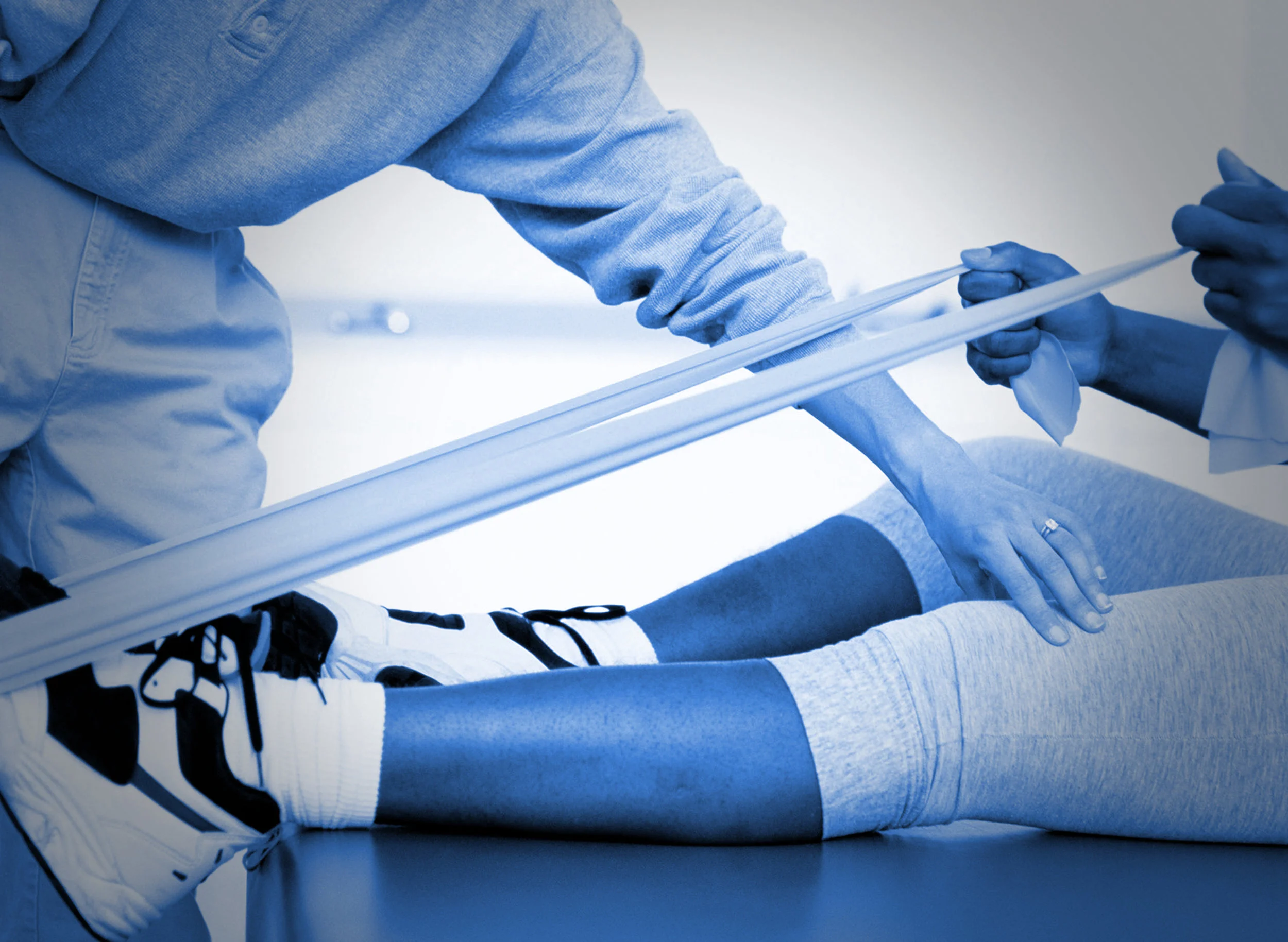Spraining your ankle means you have stretched and possibly torn the ligaments in your ankle. This injury results in a lot of pain and swelling in the injured area. Sprained ankles can occur when abruptly stopping or changing directions common in sports such as soccer, football, and tennis. This injury can also occur by simply rolling your ankle doing everyday activities.
Symptoms include:
- Pain in the ankle
- Swelling around the injured area
- Lack of balance due to pain
- Bruising
- Full function but still pain in the ankle
- Stiffness and tenderness
Planter Fasciitis
Plantar fasciitis involves pain and inflammation of a thick band of tissue, called the plantar fascia, that runs across the bottom of your foot and connects your heel bone to your toes. Plantar fasciitis is one of the most common causes of heel pain. Plantar fasciitis commonly causes stabbing pain that usually occurs with your very first steps in the morning. Once your foot limbers up, the pain of plantar fasciitis normally decreases, but it may return after long periods of standing or after getting up from a seated position.
Symptoms:
- Sharp, stabbing pain in the inside part of the bottom of your heel
- Pain in the bottom of the heel, usually worse in the morning and improving throughout the day
- Pain that worsens when climbing stairs or when standing on tiptoe
- Pain after long periods of standing or after getting up from a seated position
- Pain after, but not usually during, exercise
- Mild swelling in your heel
Achilles Tendinitis
The Achilles tendon is one of the largest tendons in the body. A tendon connects a muscle to a bone. The pain associated with Achilles tendinitis typically begins as a mild ache in the back of the leg or above the heel after running or other sports activity. Episodes of more-severe pain may occur after prolonged running, stair climbing or sprinting. You might also experience tenderness or stiffness, especially in the morning, which usually improves with mild activity. The pain is caused by either an acute or chronic inflammation or degeneration within the tendon.
Shin Splints
The term "shin splints" refers to pain along or just behind the shinbone (tibia) - the large bone in the front of your lower leg. Medically known as "medial tibial stress syndrome", shin splints occur during physical activity and result from too much force being placed on your shinbone and connective tissues that attach your muscles to the bone. Shin splints are common in runners and in those who participate in activities with sudden stops and starts, such as basketball, soccer or tennis.
Symptoms:
- Tenderness, soreness or pain along the inner part of your lower leg
- Mild swelling in your lower leg
Calf Strain
A calf strain is an injury to the muscles and tendons in the back of the leg, below the knee. Often called a "pulled" muscle, a strain occurs when the muscle fibers or tendons are stretched or torn. This condition can occur during any physical activity where you push off forcefully from your toes. It may occur in running, jumping, or lunging.
Symptoms:
- Immediate calf pain
- You may hear or feel a pop or snap in the calf
- Difficulty rising on toes
- Bruising and swelling may occur
Posterior Tibial Tendonitis
The tibialis posterior tendon passes down the back of the leg, inside of the ankle and under the foot. Injury or degeneration of the tendon where it inserts into the foot bones causes pain on the inside of the foot which may radiate along the length of the tendon. A creaking sensation called crepitus can often be felt when the tendon moves. Pain made worse by passive eversion or resisted inversion. Or in other words if a therapist turns the foot outwards to stretch the tibialis posterior or if the patient turns the soles of the feet inwards as the therapist resists to stress the tendon.
Metatarsalgia
Metatarsalgia is a common overuse injury. The term describes pain and inflammation in the ball of the foot. It is often thought of as a symptom of other conditions, rather than as a specific disease.
Frequency: In the U.S., forefoot injuries, including metatarsalgia, are common in athletes who participate in high-impact sports.
Athletes who take part in high-impact sports involving running or jumping are at high risk of forefoot injury. While track and field runners are exposed to the highest level of traumatic forces to the forefoot, many other athletes, including tennis, football, baseball, and soccer players, often have forefoot injuries.
The primary symptom of metatarsalgia is pain at the end of one or more of the metatarsal bones. The pain is typically aggravated when walking or running. Athletes who participate in high-impact activities and may also have an inflammatory condition such as bursitis often have diffuse forefoot and mid-foot pain.

